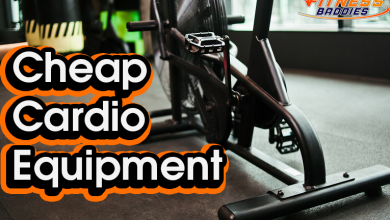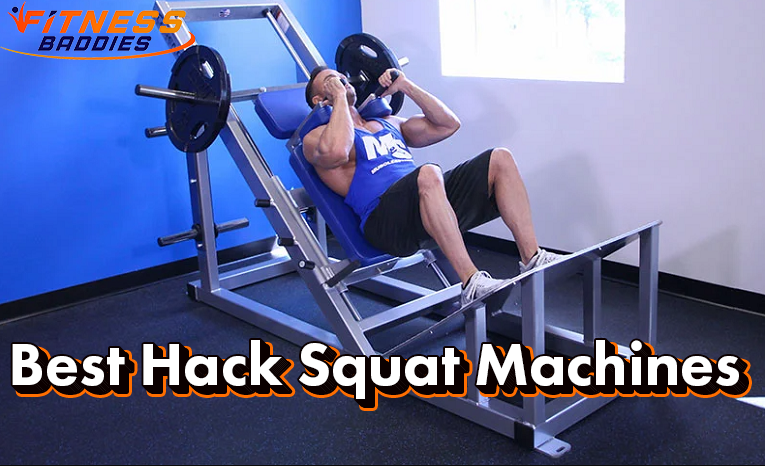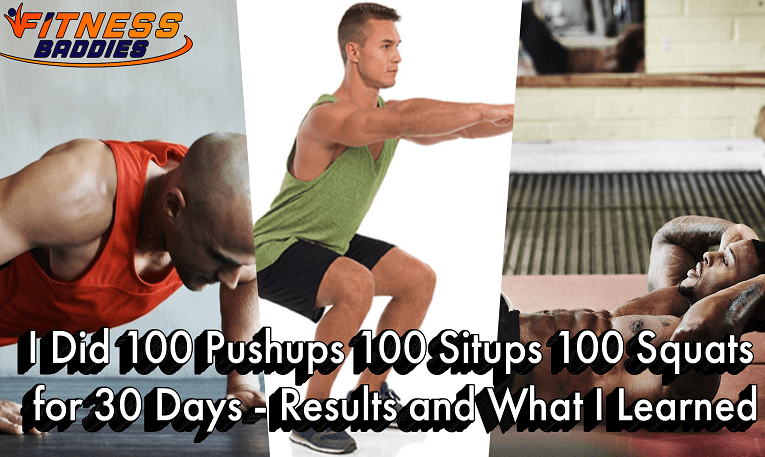Should I Walk After Eating OR is it Better to Wait?
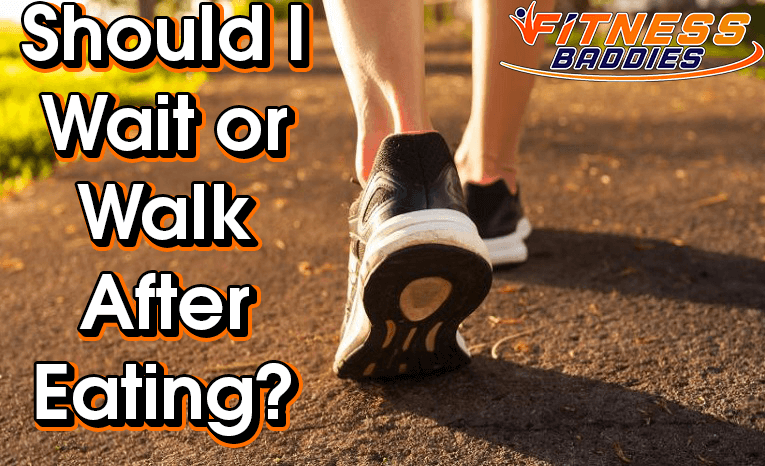
Anyone that’s familiar with me knows that I love a good meal, and that I’m always on the lookout to find a great place to eat.
And maybe less pleasantly for them, they also know how picky I am when it comes to food. It has nothing to do with the flavor, and everything to do with my health, and how many carbs I have to keep track of when I’m finished.
I’m constantly dwelling on the fat content in my meals. Whether it’s breakfast, lunch, or dinner, I catch myself wondering how long I’ll have to spend at the gym to work off the extra weight that I’ve just put on, or how long I should run on the treadmill to burn off all of those calories. I know I’m not alone on this one, some of you have once in a while wondered how the heck they gained 2 pounds overnight – it often comes from eating habits.
I do sometimes have to remind myself to ease up and just enjoy each bite that I take. It’s a constant battle between two voices inside me: one that enjoys indulging in delicious foods from around the world, and the other that keeps reminding me of my fitness goals and teasing me for each bite that makes them seem further away.
The fact is, it’s important to be realistic: being healthy is important, but so is enjoying what you eat! So finding balance is essential, and a huge part of that is creating exercise routines that provide the most benefit for your body without completely wearing out your body, or even causing setbacks to your health.
Everyone has their own strategies and routines: some people wake up at the crack of dawn to get in their routine (be it with calisthenics and weight training or getting in some cardio on a treadmill, stationary bike or elliptical) before work starts. Others prefer to hit the gym as soon as they leave the office and get out all of their stress at the end of the day.
Interesting, what often becomes the subject of debate is not necessarily when people work out, but when people eat! Different schools of thought (and plenty of research) has emerged about when is the most practical time to take your meals based on when you exercise.
Lately, there seems to have been a surge in popularity for doing some form of cardiovascular exercise after meals. And when I first read about it, to say that I was skeptical would have been an understatement.
After all, most of us grew up hearing that running around or swimming after eating was the worst possible thing to do. Indigestion, sluggishness, and vomiting were never too appealing, so it seemed like a crazy idea at first.
However, more and more people seem to be embracing this idea of doing cardio after eating. And despite what you might think, they’re not experiencing all of these unpleasant outcomes we might expect – on the contrary, some of the results have been incredibly positive.
So here’s the question: is there actually some merit to doing cardio after meals? And if there is, what exactly are the benefits that seem to be convincing so many people to jump on board and try it?
Our Old Assumptions

Before we get into the details, it’s important to clarify a couple details.
It’s understandable that this new concept is often met with resistance. As I’ve said, most of us have been told for years that exercise after eating isn’t a good idea, and on the surface this is actually still the case.
Generally, this warning is meant to indicate that working out on a completely full stomach is not advisable, as training while your body works to digest food can lead to feelings of nausea. (1) So it’s important to remember that this new concept isn’t meant to apply to occasions where you really enjoy yourself and are stuffed by the time you’ve finished eating!
So when we think in terms of being “full”, remember that this is still good advice! The rule about not going swimming right after eating came about for this precise reason, and we should absolutely stick to it for our own good.
With that said, let’s take a look at why some cardio after a moderately sized meal is now being praised as a great idea.
Cardio After Eating

We all know the common reasons that usually lead people to get into cardiovascular exercises: it gets their heart rate up; generally, exercising increases metabolism so even light cardio workouts like jumping jacks do burn calories. And if they’re athletes, it can help them with they’re breathing when they’re working hard within their sport.
But as we know, as with most subject areas, research into exercise science and physiology is constantly occurring. And as a result, we’re now getting insight into some of the additional benefits that come from doing a light cardio workout, particularly after meals.
Studies have shown how a session of exercise can catalyze a response in our hormones that positively impacts our muscles as well as our fat tissue. (2) While this may seem obvious to some people, another result of working out that’s much less known is the impact that it can have on the triglyceride levels in our bodies.
In a study, test subjects were examined to determine the concentrations of triglycerides in their bodies, with some of them engaging in workouts before their meals and others doing their light training after eating. And considering what was previously known about the benefits of pre-meal exercise, the results were quite surprising.
While pre-meal exercise was shown to reduce triglyceride levels by 25 percent, post-meal exercise (short in duration and low intensity) saw triglyceride levels drop by 72 percent! (2) What makes this more impressive is that these results were seen while participants were engaging in a high fat diet, which made the dramatic drop even more surprising. (2)
Previous studies had seen results in a similar range, but those numbers were measured after participants had engaged in a much higher intensity workout that took place prior to consuming their meals. (2) By comparison, seeing this type of change in triglyceride levels after only light exercise after consuming a meal is a surprising discovery to say the least.
Why These Results Matter

By this point, you might be saying to yourself, “Why the heck should I care about triglycerides?” And if you aren’t familiar with what they are, it’s a completely understandable reaction – I didn’t know at first either!
Triglycerides are essentially the fat that’s produced in your body when you don’t burn the calories that you consume. (3) Typically, people who consume more calories than they burn during exercise are found to have high triglyceride counts. (3)
Where this becomes problematic is what typically comes with having increased triglycerides in your system. According to research, a higher presence of these types of lipids (fats) in your blood indicates that you are at higher risk of developing cardiovascular disease. (3)
The physiological reasons behind this can be quite concerning, especially for those who might be at additional risk of heart-related problems. A higher triglyceride count has been linked to issues like arteriosclerosis (when the arterial walls thicken), which in turn lead to an increased risk of strokes or heart attacks. (3)
Additionally, a greater presence of triglycerides can be an early indicator of health issues such as obesity, high blood pressure or blood sugar, or a greater presence of fat around the waist. (3) Particularly high triglycerides have even been linked with more severe issues like pancreatitis (pancreatic inflammation). (3)
With issues like this shown to be connected to blood-based fat, it’s no wonder that so much research in recent years has been dedicated not only to understanding its impact, but to the routines that can ultimately reduce its presence and foster a healthier cardiovascular system.
What Kind of Cardio Makes a Difference
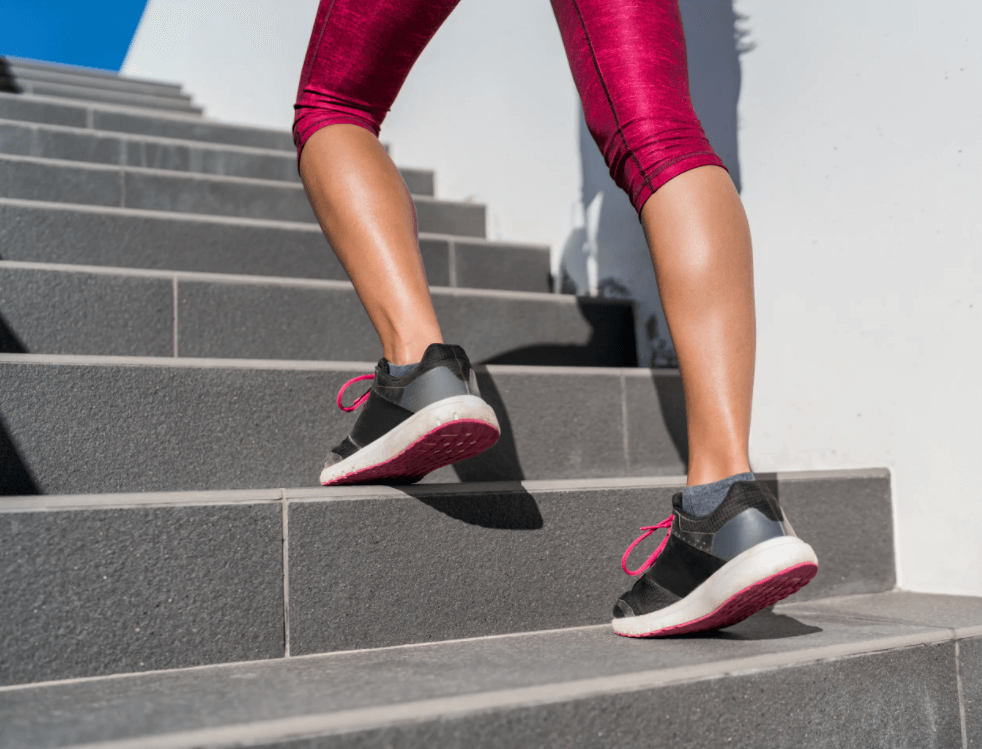
So now we know that light cardio after moderately sized meals can be a tremendous benefit to our long term health. But what exactly do people mean when they say “light cardio”?
Well, for the subjects that were tested during this research, it consisted of walking about 1.2 miles in just over a half an hour’s worth of time, followed by 10 basic dumbbell-only workouts performed with dumbbells between 5 and 6 pounds. (2)
Given that all of these exercises were performed at a low rate of intensity and the weight-based exercises followed half an hour of walking, this would certainly be considered a light workout by most, and nausea or digestive issues wouldn’t factor in assuming that the meal eaten prior to walking was moderately sized.
You can of course use the regular budget cardio machines that you have like treadmills, foldable exercise bikes with backrest or ellipticals to perform this “light cardio” routine, but take note when using the treadmill if it’s an incline treadmill to not make the incline too steep that way you don’t go from light cardio to heavy cardio.
Another way to do light cardio is to do cardio exercises that don’t require any equipment, I myself like jumping jacks a lot and would recommend them to anybody. I like them so much in fact, that I do 100 jumping jacks a day regularly now.
I also do other bodyweight workout challenges like the 100 push-ups, 100 sit-ups, 100 squats, along with others like 1000 squats a day, 1000 jumping jacks a day, and 1000 crunches a day. You don’t have to take them on if all you need is a light cardio, some of these challenges will push you to the brink of quitting, but they are among the most essential fitness exercises you can do at home and you can trim the numbers down to your liking.
What Does All of This Mean?
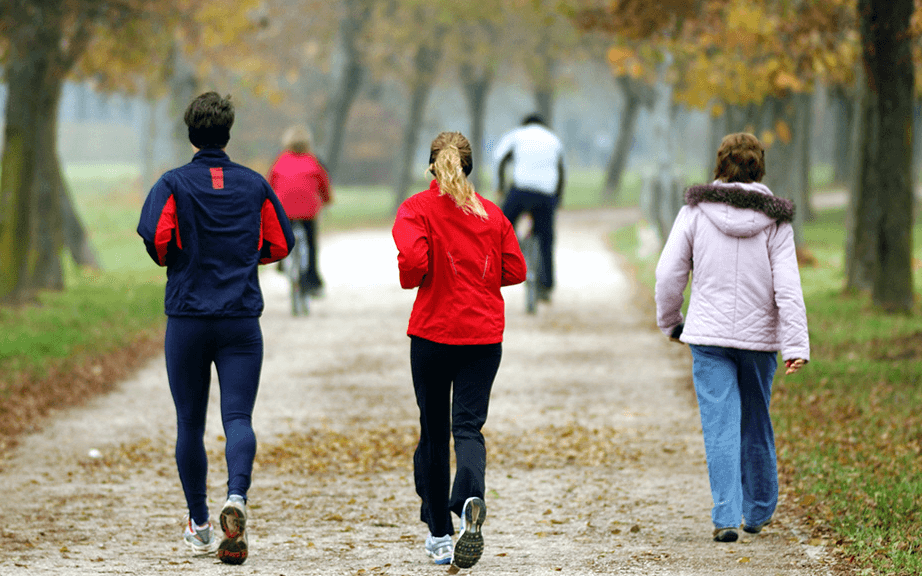
When it comes to my schedule, I’m always struggling to make time for exercise, and I’m almost always worried that the workouts that I do manage to fit into my days aren’t enough.
So if you’re like me, it’s definitely reassuring to know that a light walk after a meal is enough to make a big difference in my health – it might even help me stay trim around my waistline!
One thing is for sure: from now on, when my first reaction after eating is to plop down on the couch and turn on the TV, I’ll consider a nice walk with a few light exercises first. Burning fat and preventing heart disease with just a bit of easy cardio after a meal seems like a great deal, and it makes healthy living sound easier than ever!
Related Readings:
- Can Stretching Make You Taller? Myth or Reality?
- Nordictrack Space Saver Treadmill
- How To Measure Fitness Level & Track Your Progress
- Tips & Strategies I Used to Stop Eating Sugar
- Top 5 Essential Core Exercises – The Necessity of Core Training
- How To Get Abs in 2 Weeks For Guys
References:
- https://www.webmd.com/fitness-exercise/features/can-i-work-out-on-an-empty-stomach
- https://www.cooperinstitute.org/2013/03/light-exercise-following-a-meal-has-tremendous-impact-on-triglyceride-levels/
- https://www.mayoclinic.org/diseases-conditions/high-blood-cholesterol/in-depth/triglycerides/art-20048186

